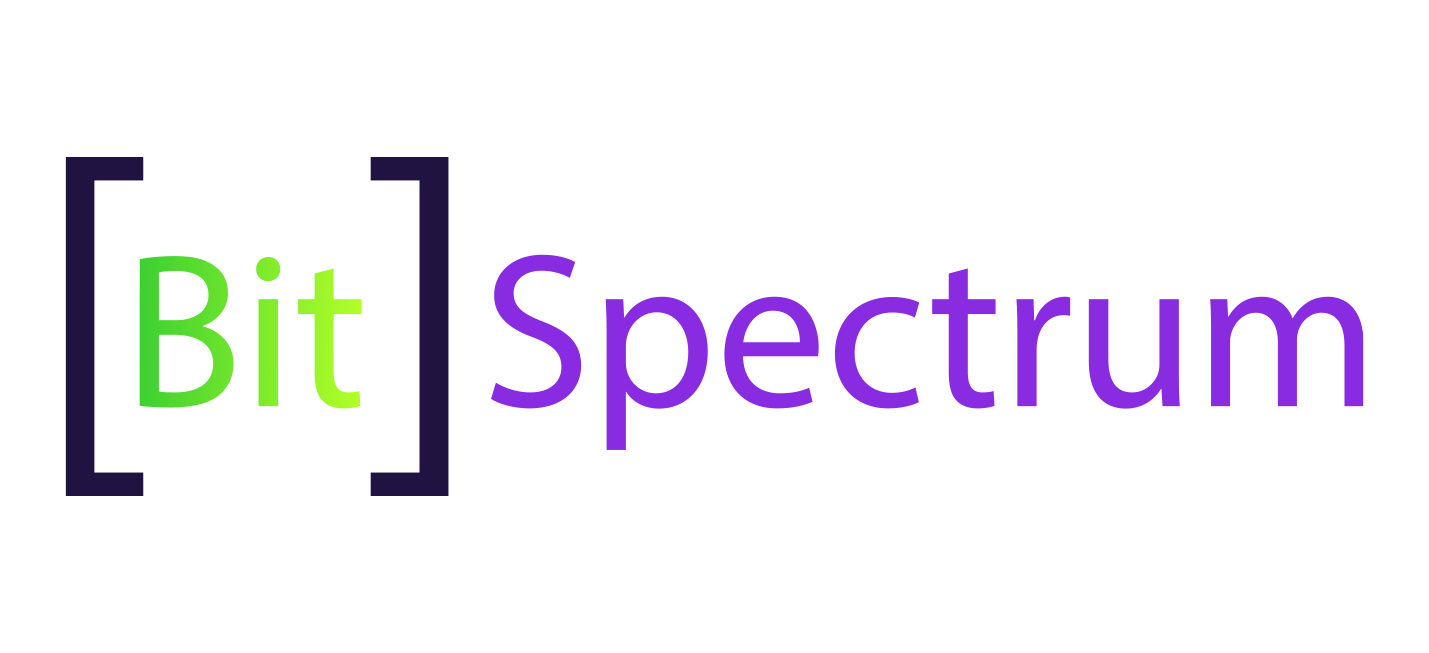The European Union (EU) has taken a monumental step in cryptocurrency regulation with the approval of the Markets in Crypto-Assets Regulation (MiCA) in April 2023. This groundbreaking framework is poised to harmonize crypto regulations across the EU, creating a unified legal landscape that addresses the challenges posed by digital assets while fostering innovation, financial stability, and investor protection.
But what does MiCA mean for investors, businesses, and the future of the blockchain industry? Let’s break it down.
Why Was the MiCA Law Necessary?
The cryptocurrency market has witnessed meteoric growth, reaching a peak market capitalization of over $2 trillion in recent years. However, this expansion has brought challenges such as:
- Fraud and scams targeting unsuspecting investors.
- Extreme volatility leading to significant financial losses.
- Money laundering and illicit activities leveraging the anonymity of crypto.
- Fragmented regulations, making cross-border operations difficult for businesses.
MiCA aims to resolve these issues by introducing a comprehensive regulatory framework that applies uniformly across the EU’s 27 member states, replacing the patchwork of national regulations.
What Does MiCA Regulate?
MiCA is a wide-reaching framework covering different types of cryptoassets and their associated services. Here’s an overview of its key focus areas:
1️⃣ Stablecoins
Stablecoins, pegged to fiat currencies like the euro or US dollar, are central to the crypto ecosystem but pose risks if not properly backed. MiCA establishes strict rules for stablecoin issuers, including:
- Maintaining adequate reserves to back issued tokens.
- Implementing contingency plans to safeguard users during financial distress.
- Capping the use of stablecoins that could disrupt the EU’s financial stability.
2️⃣ Cryptoasset Service Providers (CASPs)
Crypto exchanges, wallet providers, and trading platforms must now adhere to stringent licensing and operational standards to operate in the EU. These include:
- Disclosing detailed information about cryptoassets offered.
- Enforcing Anti-Money Laundering (AML) and Know Your Customer (KYC) protocols.
- Ensuring the safekeeping of customer funds, preventing losses during insolvencies.
Ensuring Consumer Protection and Financial Stability
A cornerstone of MiCA is retail investor protection. Issuers must provide a detailed white paper outlining the risks and functions of their cryptoassets before making them available to the public.
Additionally, MiCA seeks to safeguard financial stability by limiting risks posed by large-scale stablecoins. Issuers must cap transactions to prevent disruptions in the broader financial system.
When Does MiCA Take Effect?
MiCA will roll out in two phases:
- June 2024: Regulations for stablecoins and other asset-referenced tokens take effect.
- December 2024: The full framework applies to cryptoasset service providers.
This phased implementation gives businesses time to adjust and comply with the new rules.
Global Impact of MiCA
MiCA positions the EU as a global leader in cryptocurrency regulation. While the United States and other regions grapple with uncertainty, Europe is offering a clear and robust framework.
For crypto businesses, MiCA presents both challenges and opportunities:
- Challenges: Meeting strict regulatory requirements to operate in the EU.
- Opportunities: Access to all EU markets with a single license, creating a seamless operating environment.
Globally, MiCA could inspire other jurisdictions to follow suit, setting a benchmark for regulatory clarity and market stability.
What MiCA Doesn’t Cover
While comprehensive, MiCA doesn’t address all areas of the crypto ecosystem. Notably, it excludes:
- Non-Fungible Tokens (NFTs): Unless part of a larger series or used for financial purposes, NFTs are largely outside MiCA’s scope.
- Decentralized Finance (DeFi): DeFi protocols are not directly regulated under MiCA, though future amendments could address this evolving sector.
These gaps may create uncertainties that the EU is expected to address in subsequent updates.
Conclusion: What MiCA Means for the Crypto Industry
MiCA is a landmark law that balances innovation with regulation. For investors, it offers enhanced protection and transparency, reducing risks like fraud and scams. For businesses, it creates a harmonized framework with clear rules, enabling them to operate across the EU under a single license.
As crypto adoption grows, MiCA may serve as a global model, paving the way for a future where digital innovation and market stability coexist.
The question remains: Is the world ready for this new era of crypto regulation?

